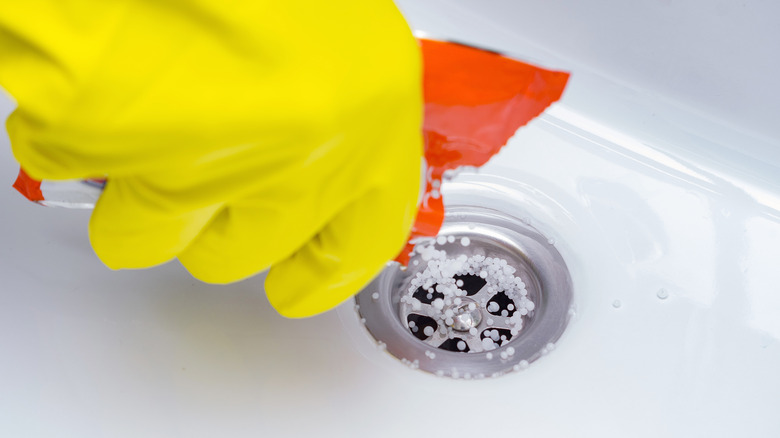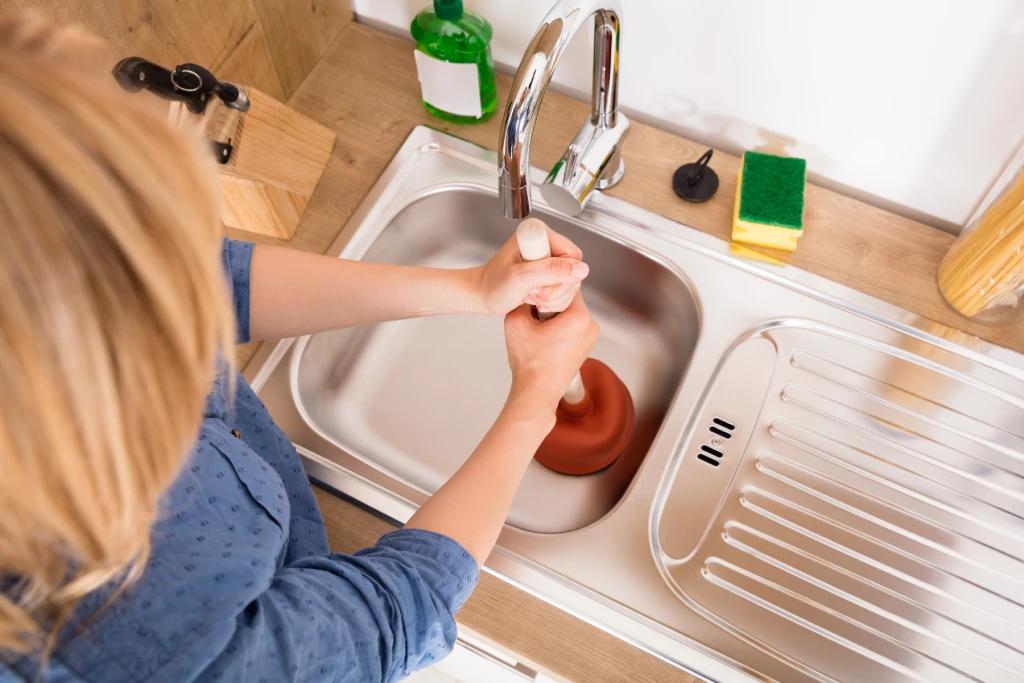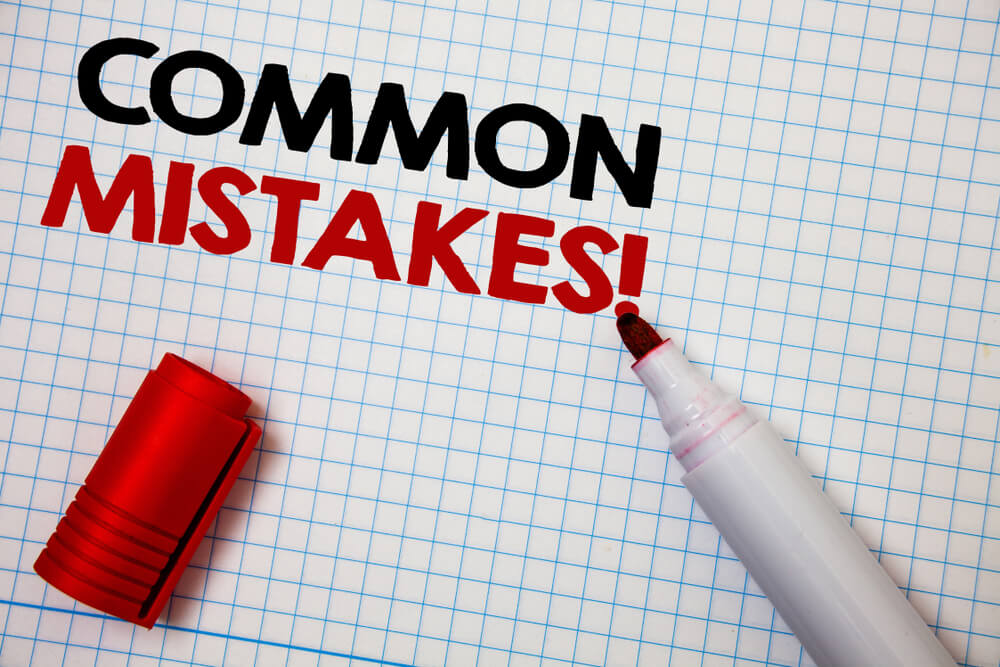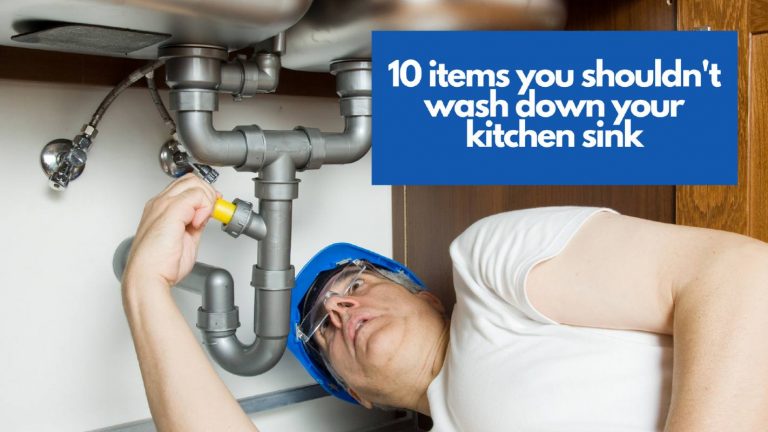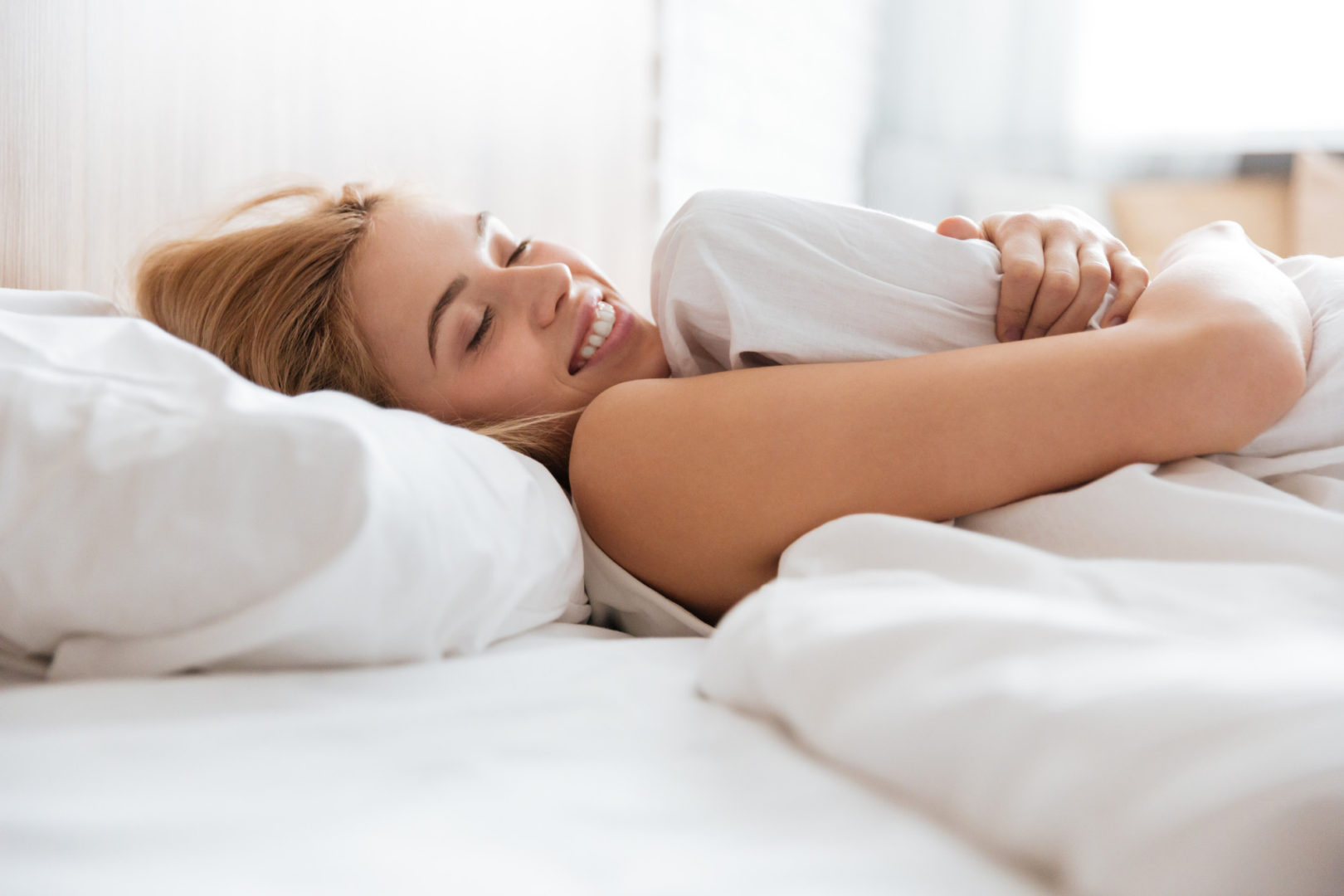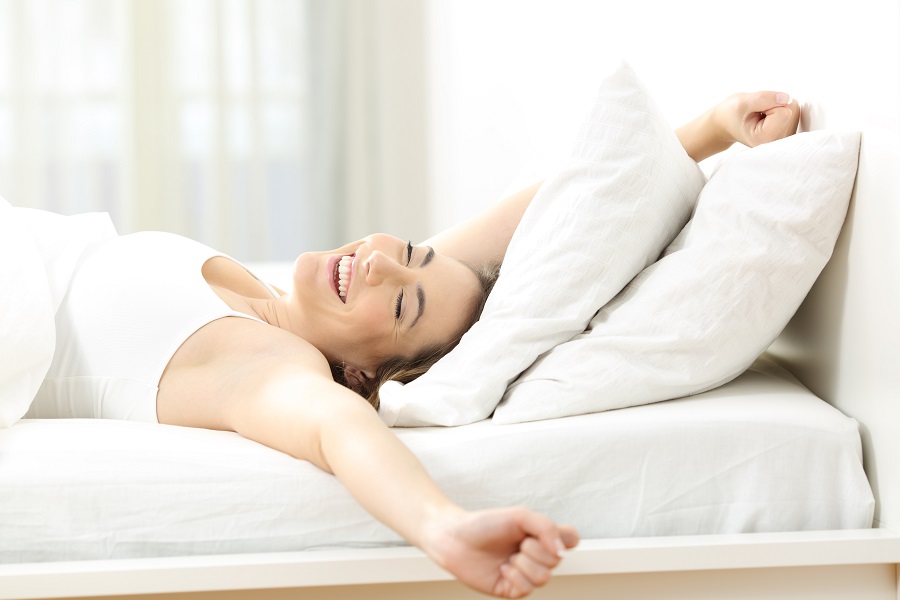If you're dealing with a clogged kitchen sink, the first thing you may think of is reaching for a chemical drain cleaner. However, these harsh chemicals can be damaging to your pipes and harmful to the environment. A more effective and eco-friendly solution is to use a plunger. Not only is it easy to use, but it also saves you money and is a safer option for your plumbing system. Follow these simple steps to learn how to use a plunger on a kitchen sink.How to Use a Plunger on a Kitchen Sink
Before you start plunging, make sure you have the right type of plunger. A cup plunger, also known as a sink plunger, is specifically designed for use on sinks and has a flat bottom with a protruding rim. Once you have the right plunger, fill the sink with enough water to cover the rubber part of the plunger. This creates a seal and helps with the plunging process.Unclogging a Kitchen Sink with a Plunger
Start by placing the plunger over the drain and pressing down gently to create a suction. Then, push and pull the plunger up and down vigorously, making sure to maintain the seal with the sink. This motion helps to dislodge the clog and allow it to move through the pipes. Continue plunging for a couple of minutes, adding more water if necessary, until the water starts to drain freely.Step-by-Step Guide for Using a Plunger on a Kitchen Sink
If the initial plunging doesn't work, try changing the angle of the plunger or using a different technique. You can also try using a smaller cup plunger if the sink is smaller or using a toilet plunger if the clog is deeper in the pipes. Another technique is to place a wet cloth over the overflow opening of the sink and then plunge. This helps to create more pressure and force the clog to move.Plunging Techniques for a Clogged Kitchen Sink
If the clog is further down the drain, you may need to remove the P-trap, the curved pipe under the sink, to access and remove the blockage. Before removing it, place a bucket under the trap to catch any excess water. Once the trap is removed, you can use the plunger directly on the drain pipe to clear the clog.Using a Plunger to Clear a Kitchen Sink Drain
To increase the effectiveness of plunging, try adding some dish soap to the water in the sink. This helps to lubricate the pipes and makes it easier for the clog to move through. You can also try using hot water to break up any grease or debris that may be causing the clog. Another tip is to have a helper hold a wet cloth over the opposite drain opening to create more suction.Tips for Successfully Using a Plunger on a Kitchen Sink
While chemical drain cleaners may seem like a quick and easy fix for a clogged sink, they can actually cause more harm than good. These chemicals can corrode your pipes and cause damage to your plumbing system. On the other hand, using a plunger is not only a safer option but also a more effective one. Plus, it's a one-time investment that you can use over and over again.Plunger vs. Chemical Drain Cleaners for a Kitchen Sink
One of the most common mistakes people make when using a plunger is not creating a proper seal with the sink. Make sure the plunger is completely covering the drain, and there is no air escaping from the sides. Another mistake is not plunging vigorously enough. The more force you use, the more likely you are to dislodge the clog. Lastly, avoid using a plunger if you have already tried using chemical drain cleaners, as this can create dangerous fumes.Common Mistakes to Avoid When Using a Plunger on a Kitchen Sink
If you notice that the water in your sink is draining slowly or not at all, it's a sign that there is a clog in your pipes. You may also hear gurgling sounds coming from the drain or notice unpleasant odors. These are all indications that it's time to break out the plunger and unclog your kitchen sink.How to Tell if You Need to Use a Plunger on Your Kitchen Sink
If you don't have a plunger on hand, there are still some DIY methods you can try to unclog your kitchen sink. One method is to use a bent wire hanger to reach down and pull out any hair or debris that may be causing the clog. Another method is to pour a mixture of baking soda and vinegar down the drain, followed by boiling water. This can help to break up the clog and allow it to move through the pipes. In conclusion, using a plunger on a kitchen sink is a simple and effective way to unclog your drain without the use of harsh chemicals. With the right technique and a little bit of elbow grease, you can have your sink draining freely in no time. Remember to maintain your drains regularly to prevent clogs from forming and always opt for eco-friendly solutions when dealing with plumbing issues.Alternative Methods for Unclogging a Kitchen Sink Without a Plunger
Why You Should Use a Plunger on Your Kitchen Sink

The Importance of Proper Drain Maintenance
 When it comes to keeping your house in top condition, proper maintenance is key. This is especially true when it comes to your kitchen sink. As one of the most used fixtures in your home, it's important to make sure it's functioning properly at all times. However, even with regular use, your sink can become clogged and backed up. This can be a major inconvenience and if not addressed, can lead to more serious plumbing issues. That's where a plunger comes in.
When it comes to keeping your house in top condition, proper maintenance is key. This is especially true when it comes to your kitchen sink. As one of the most used fixtures in your home, it's important to make sure it's functioning properly at all times. However, even with regular use, your sink can become clogged and backed up. This can be a major inconvenience and if not addressed, can lead to more serious plumbing issues. That's where a plunger comes in.
How a Plunger Works
 A plunger is a simple but effective tool for clearing clogs and blockages in your kitchen sink. It consists of a rubber cup attached to a wooden handle. When placed over the drain and pushed down, the rubber cup creates suction that dislodges and pushes any blockages through the pipes. This allows water to flow freely again, preventing any potential backups or overflows.
Using a plunger regularly can prevent the need for costly plumbing repairs and keep your kitchen sink functioning properly.
A plunger is a simple but effective tool for clearing clogs and blockages in your kitchen sink. It consists of a rubber cup attached to a wooden handle. When placed over the drain and pushed down, the rubber cup creates suction that dislodges and pushes any blockages through the pipes. This allows water to flow freely again, preventing any potential backups or overflows.
Using a plunger regularly can prevent the need for costly plumbing repairs and keep your kitchen sink functioning properly.
Tips for Using a Plunger on Your Kitchen Sink
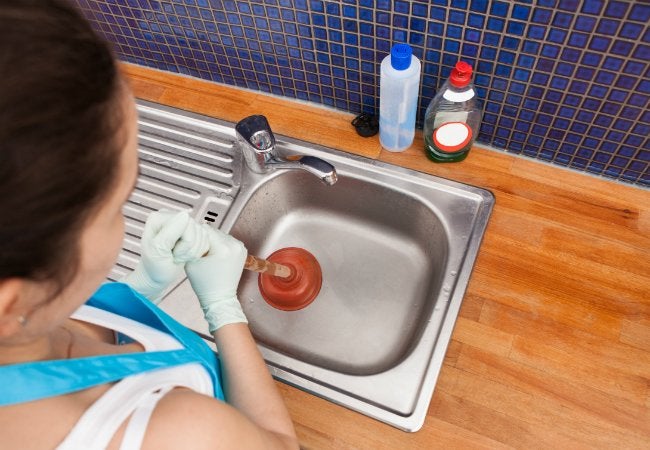 First, make sure you have the right plunger for the job. A toilet plunger, with its flanged end, is designed for use on flat surfaces like a kitchen sink. Next, run some hot water into the sink to loosen any debris or grime. Then, place the plunger over the drain, making sure it creates a tight seal. Start by pushing the plunger down gently, then pull up quickly. Repeat this motion several times until you feel the blockage break up and the water starts to drain.
For tougher clogs, you may need to use a specialized drain cleaner or call a professional plumber.
First, make sure you have the right plunger for the job. A toilet plunger, with its flanged end, is designed for use on flat surfaces like a kitchen sink. Next, run some hot water into the sink to loosen any debris or grime. Then, place the plunger over the drain, making sure it creates a tight seal. Start by pushing the plunger down gently, then pull up quickly. Repeat this motion several times until you feel the blockage break up and the water starts to drain.
For tougher clogs, you may need to use a specialized drain cleaner or call a professional plumber.
Preventing Future Clogs
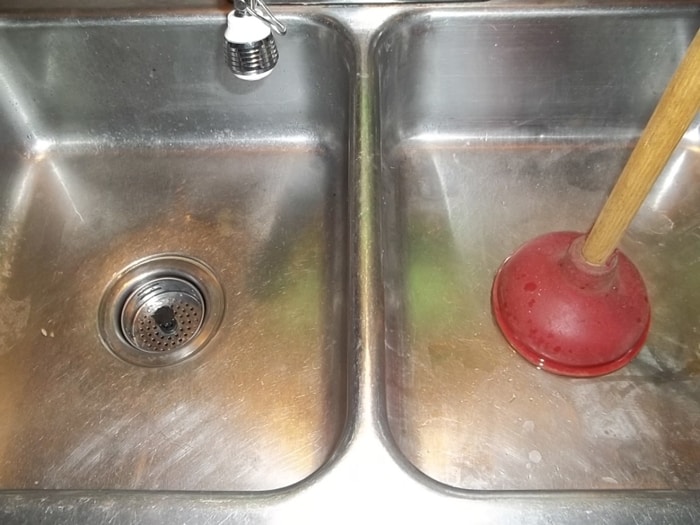 To keep your kitchen sink clog-free, there are a few preventative measures you can take. Avoid pouring grease, oils, and food scraps down the drain, as these can build up and cause blockages. You can also use a mesh strainer to catch any larger food particles and prevent them from going down the drain. Regularly flushing your drain with hot water and a mixture of baking soda and vinegar can also help keep your pipes clear and odor-free.
Using a plunger on your kitchen sink is a simple and effective way to maintain your plumbing and prevent clogs. With proper maintenance and a little bit of elbow grease, you can keep your sink functioning smoothly for years to come.
To keep your kitchen sink clog-free, there are a few preventative measures you can take. Avoid pouring grease, oils, and food scraps down the drain, as these can build up and cause blockages. You can also use a mesh strainer to catch any larger food particles and prevent them from going down the drain. Regularly flushing your drain with hot water and a mixture of baking soda and vinegar can also help keep your pipes clear and odor-free.
Using a plunger on your kitchen sink is a simple and effective way to maintain your plumbing and prevent clogs. With proper maintenance and a little bit of elbow grease, you can keep your sink functioning smoothly for years to come.


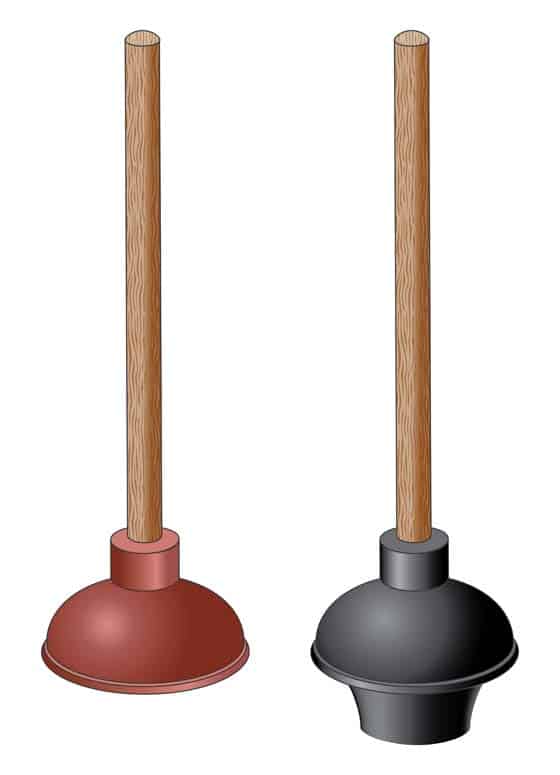
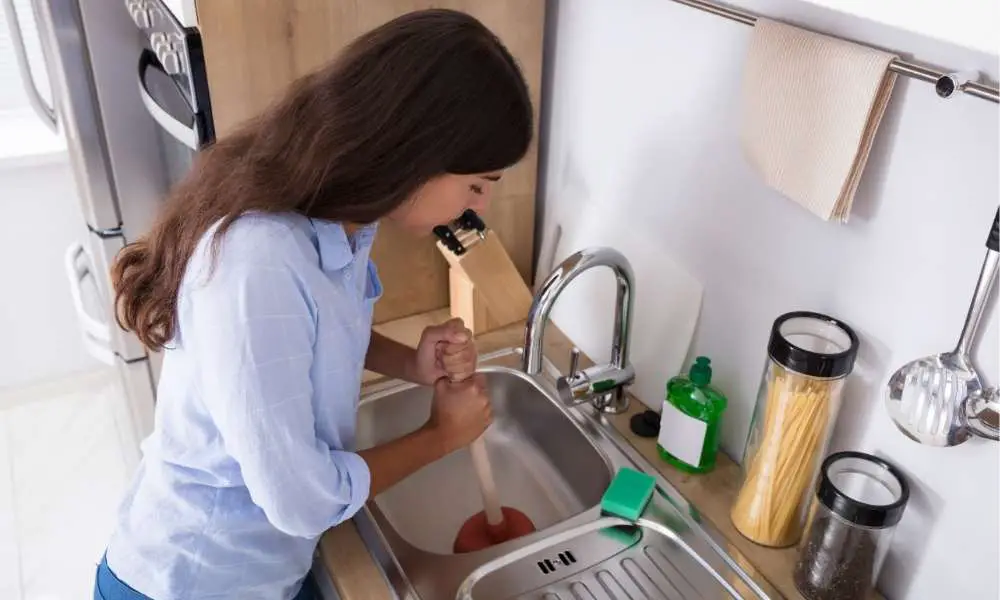



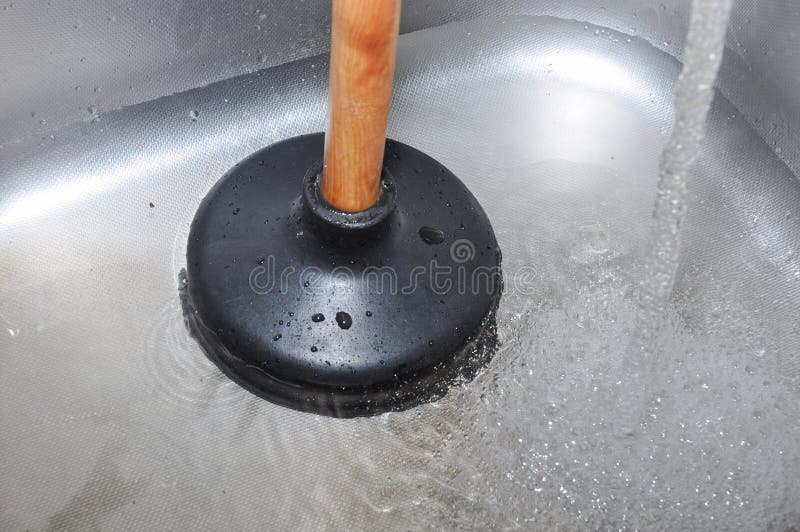
:max_bytes(150000):strip_icc()/plumber-unclogging-kitchen-sink-169270382-5797a9355f9b58461f27f024.jpg)





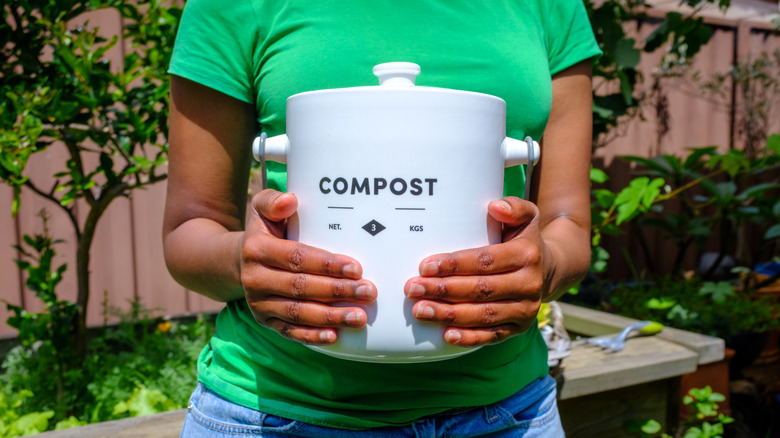







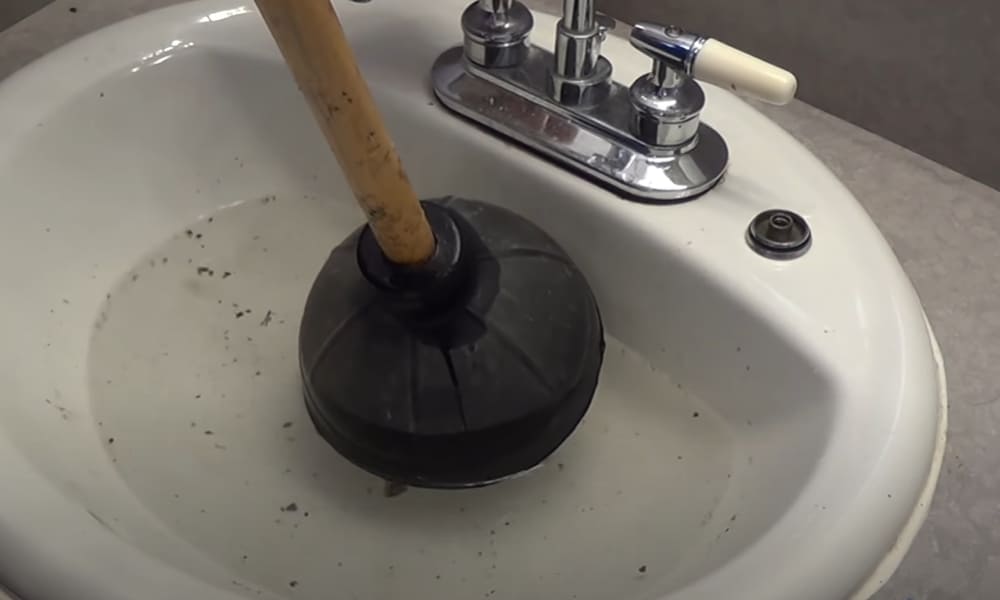

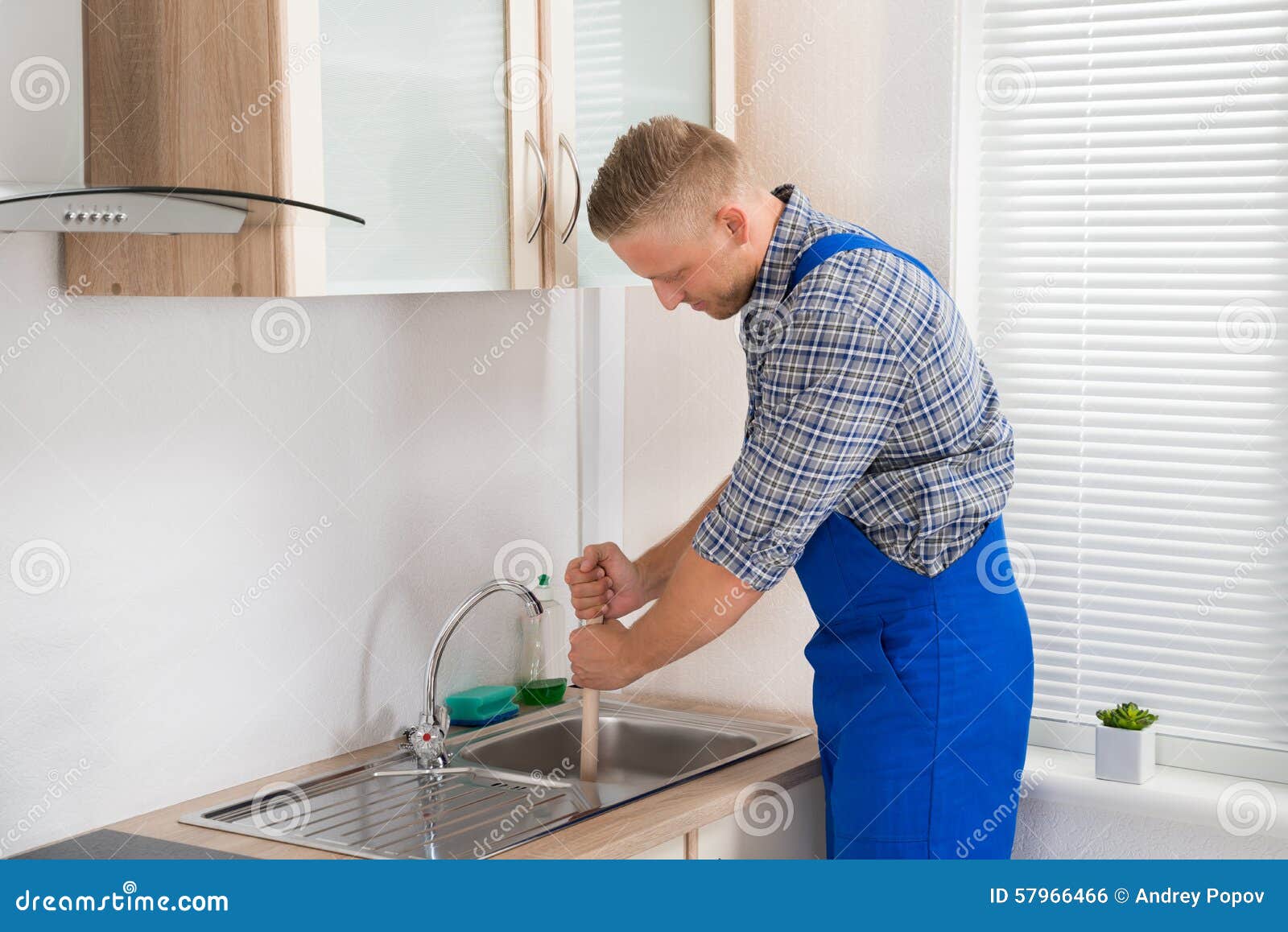


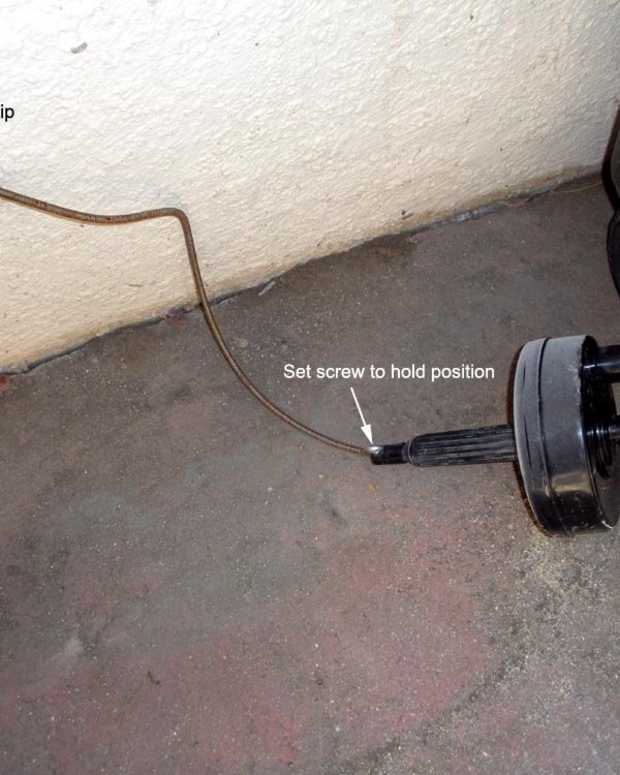


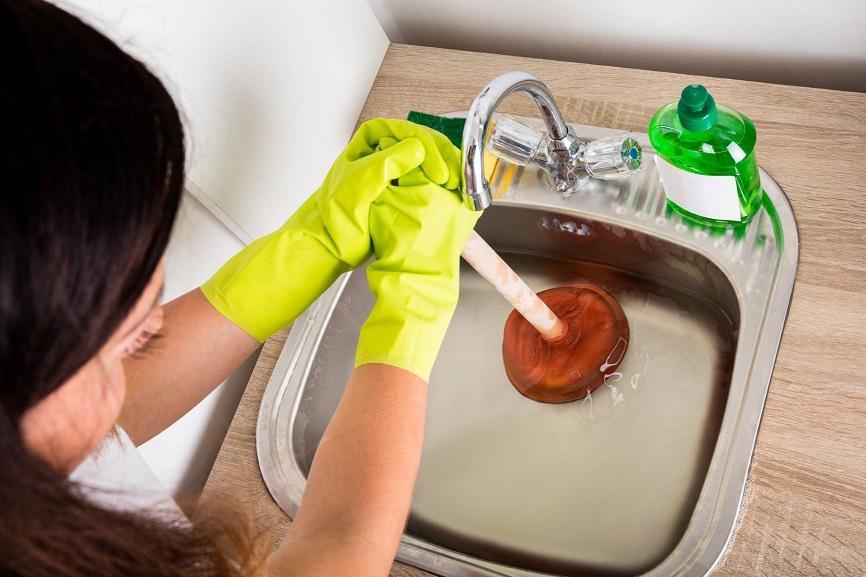

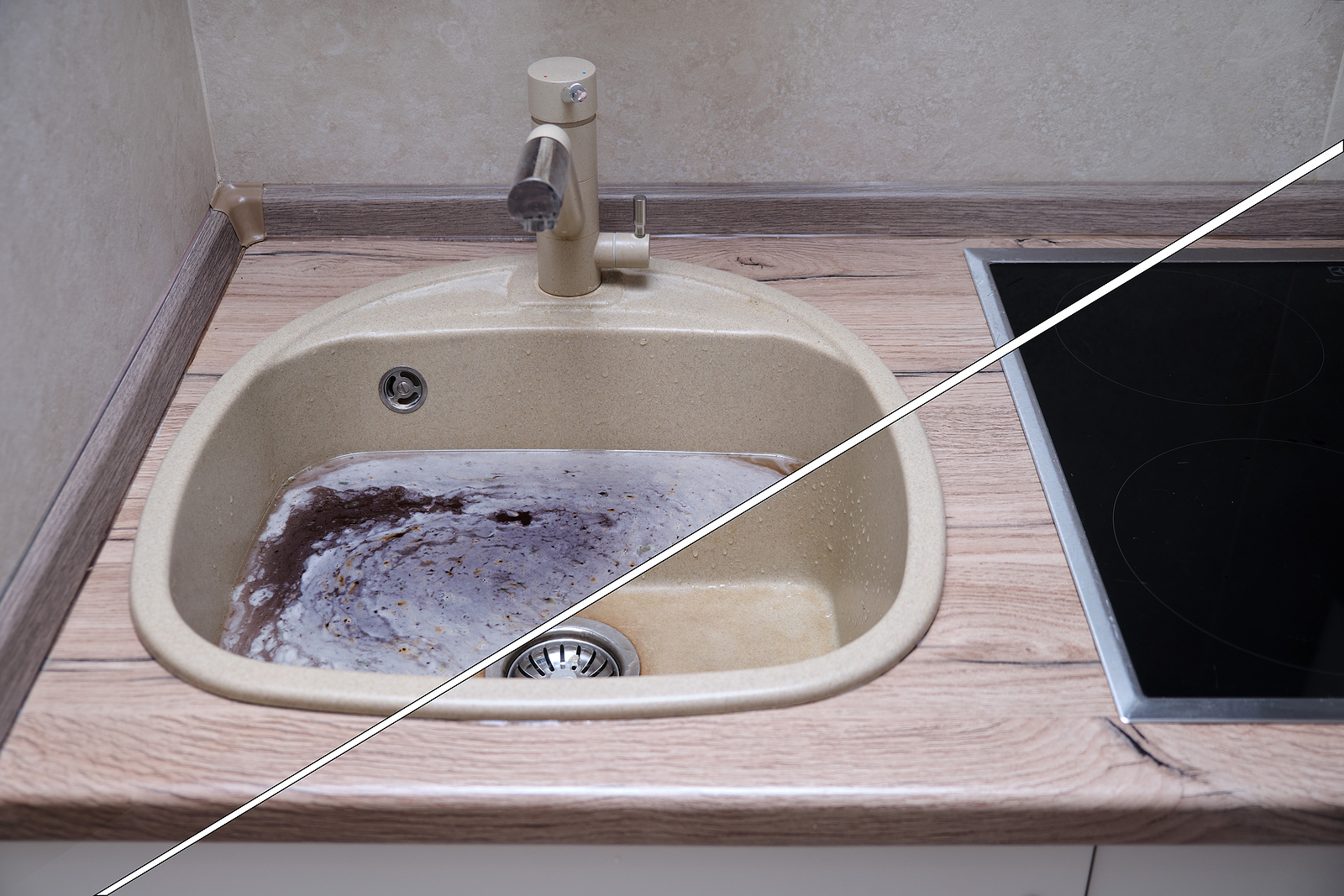





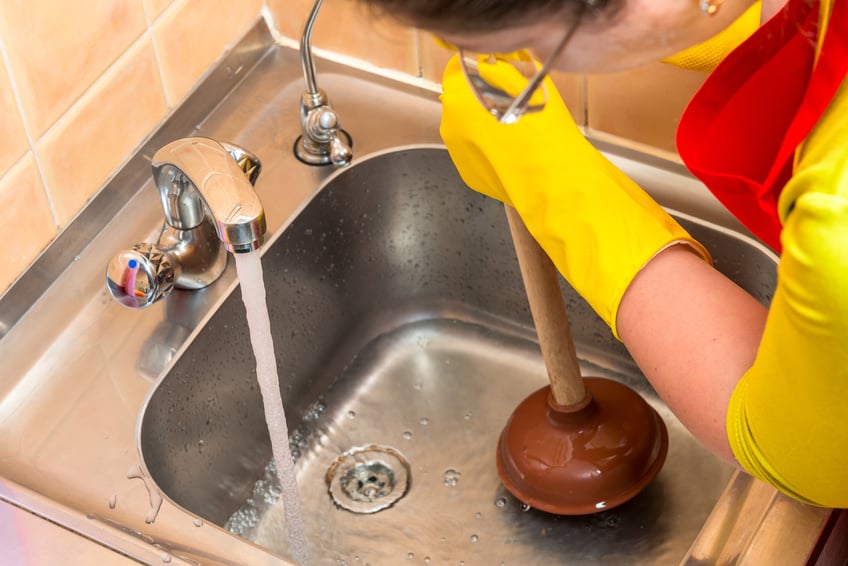



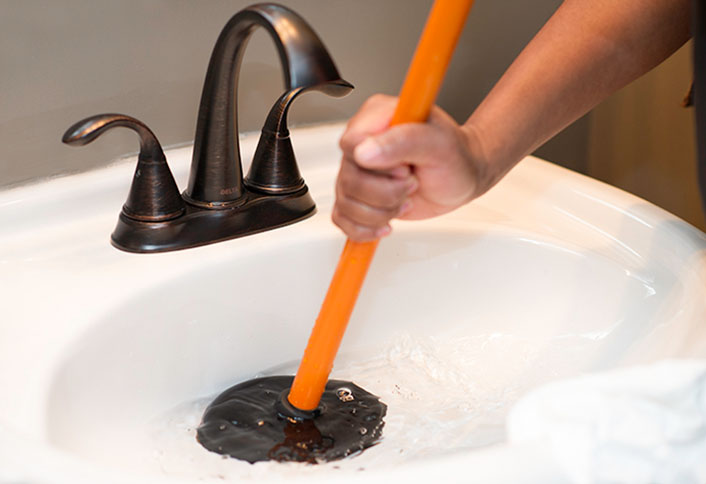
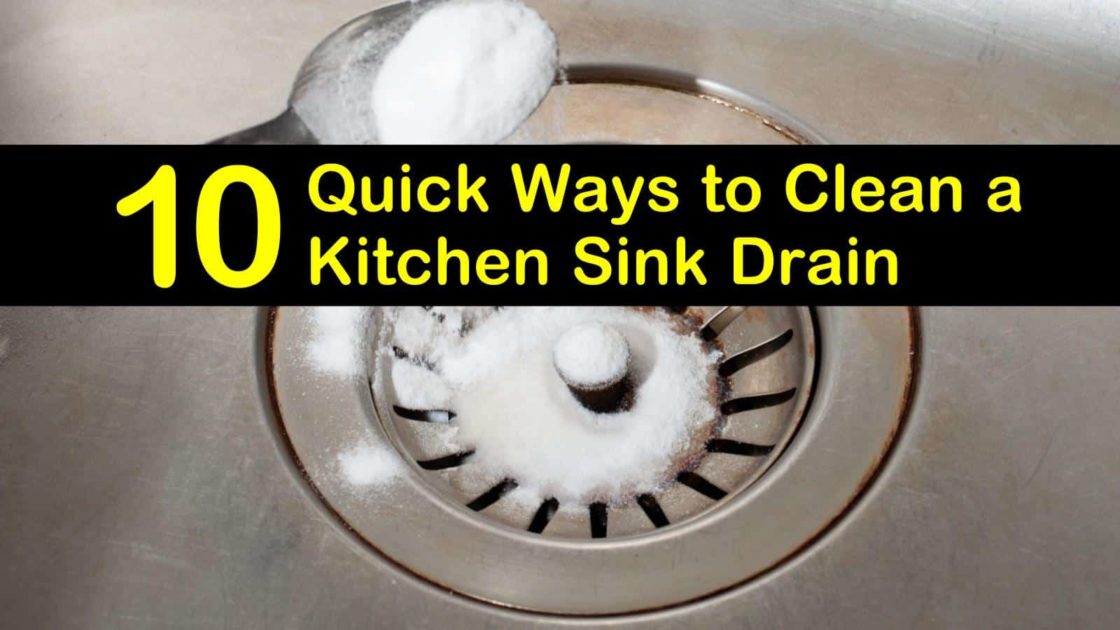


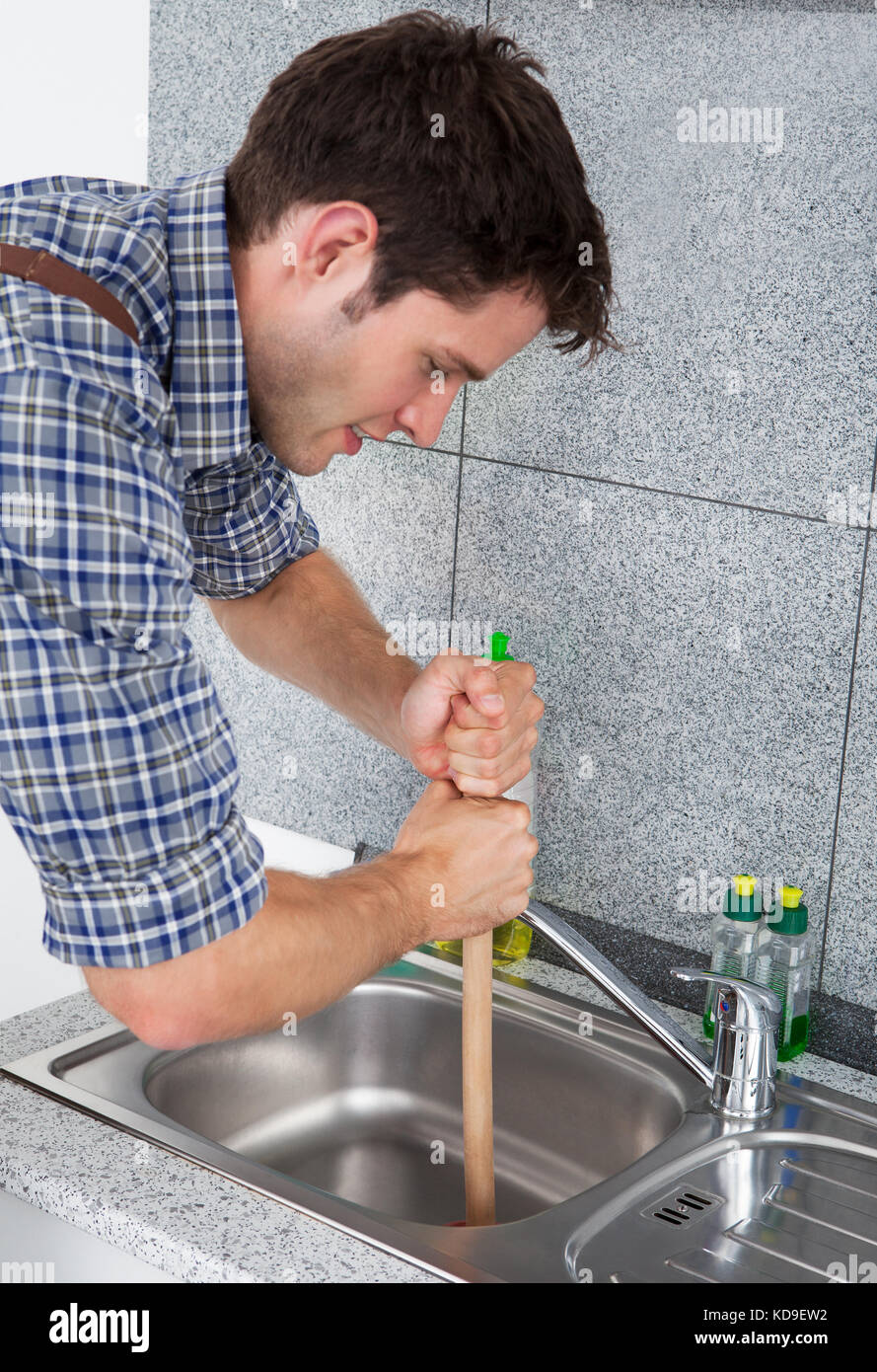

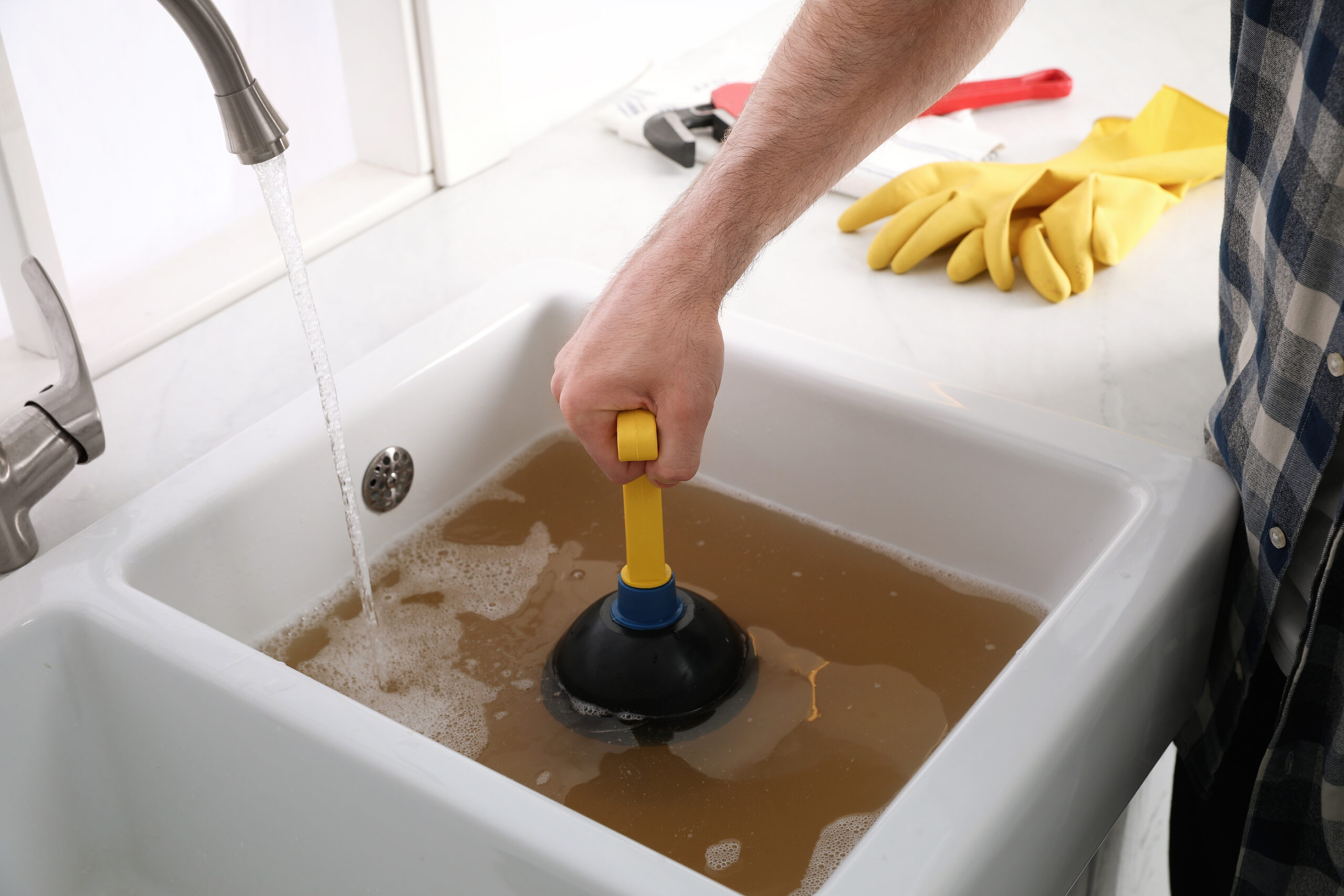

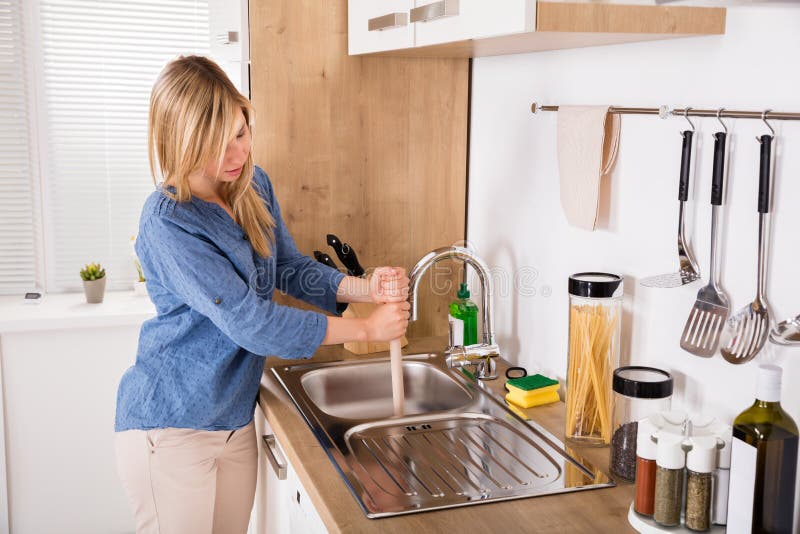
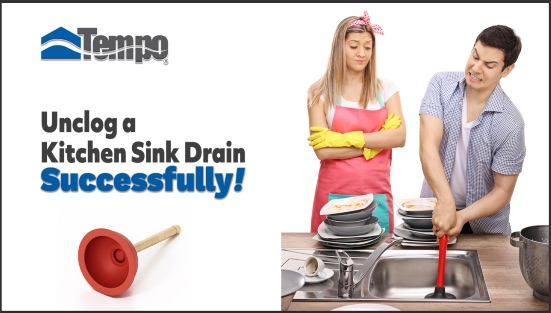
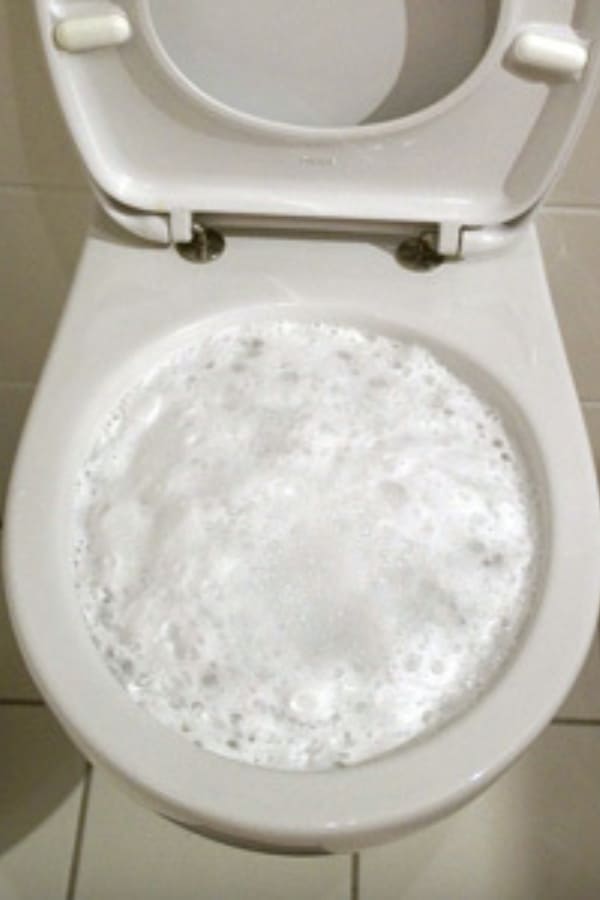
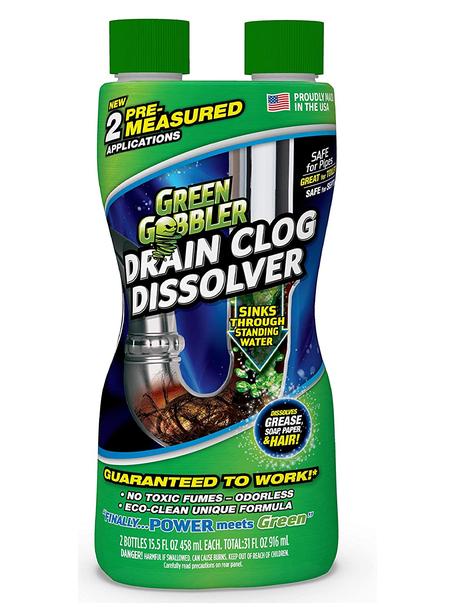



1.2111040938550.jpg)


